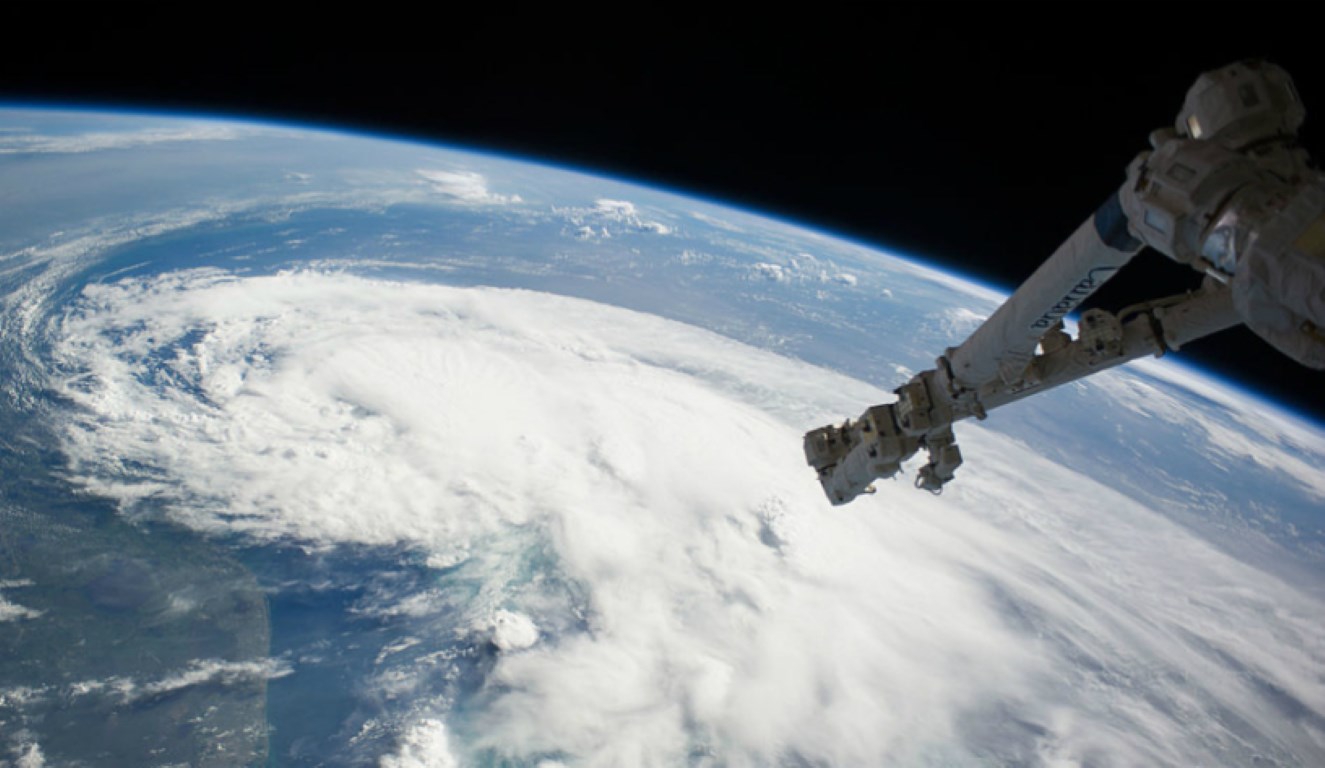Threat of space arms race
April 4, 2018 | Expert Insights

Thomas Markram, Deputy High Representative for Disarmament Affairs has spoken about the threat posed by an arms race in outer space. Space has become increasingly militarized since the launch of Sputnik I in 1957.
Background
The world’s first artificial satellite, Sputnik I, was launched in October 1567 by the Soviet Union. It was only 58 centimeters in diameter and weighed 83.6 kilograms. According to NASA, Sputnik “marked the start of the space age and the US-USSR space race.” Space travel has historic ties to the cold war arms race. While NASA is a civilian space program, it also has historic ties to the US Department of Defense.
Today, we have undertaken manned missions to the moon, missions to mars, and sent satellites as far as Saturn and Jupiter. Private enterprises such as SpaceX undertake ventures into space. There are two space stations capable of human occupancy in orbit, China’s Tiangon-2 space laboratory, and NASA’s International Space Station. We have therefore come a long way since the launch of the first satellite.
However, along with technological advancements, space has become increasingly militarized and weaponized. Leaders such as US President Trump have commented on a “space force”. “Space is a war-fighting domain, just like the land, air and sea,” he said in March this year. US intelligence agencies have warned that Moscow and Beijing may be developing “destructive” space weapons and "anti-satellite weapons as a means to reduce U.S. and allied military effectiveness."
Militarization of space refers to the use of space for defense purposes including satellite communication, intelligence, surveillance, and satellite navigation. Weaponization refers to the placement of weapons in orbit, or arms that can travel through and attack bodies beyond the Earth’s atmosphere.
There have been attempts to address the weaponization of space. United Nations Disarmament Commission (UNDC) founded in 1952 was created for, “regulation, limitation and balanced reduction of all armed forces and all armaments, including the elimination of all weapons of mass destruction.” The Outer Space Treaty of 1967, prohibits weapons of mass destruction in orbit, or on celestial bodies. However, it does not ban weapons fired from Earth into space. 107 countries are party to the treaty, and major spacefaring nations including the United States, Russia, the EU and India have ratified the treaty. China has partially recognized the treaty.
Disarmament is the act of reducing, limiting, or abolishing weapons. Disarmament generally refers to a country's military or specific type of weaponry. Disarmament is often taken to mean total elimination of weapons of mass destruction, such as nuclear arms.
There are other threat vectors that exist in space. Scientists have spoken of future events such as an asteroid crash etc. The expansion of the Sun, a supernova event and a local gamma ray burst are also considered threats that can destroy entire planets. However, scientists have noted that none of these events are likely to take place during the present lifetime.
Analysis
Through resolutions and discussions within the United Nations, a general agreement has developed that an arms race in outer space should be prevented. Now, a top official part of the UNDC has noted that as global anxieties regarding conflict continue to grow, disarmament should become a top priority.
“At a time when global anxieties about nuclear weapons are higher than at any time since the Cold War, measures for disarmament and arms control are more vital than ever,” Thomas Markram, Deputy High Representative for Disarmament Affairs, told the opening of the 2018 session of the UN Disarmament Commission, held in New York. “Since September, there have been no fundamental changes in the interrelated trends that are eroding efficacy in arms control and negatively affecting international peace and security,” added Markram, as he delivered a speech on behalf of High Representative Izumi Nakamitsu.
Some of the armed conflicts taking place around the world are in Yemen, Syria, Sudan and Iraq. In addition, there is a nuclear stand off between North Korea and the United States. There is also an impasse in the Middle East between Qatar and Saudi Arabia led bloc of nations. However, Markram has revealed that there is reason to be optimistic especially since America and North Korea have decided to engage in diplomatic discussions. Markram said that “we hope these positive developments will be the start of a longer process of sincere dialogue leading to sustainable peace and denuclearization on the Korean Peninsula.”
He did highlight the threat posed by a space arms race. He said, “One specific collateral measure for disarmament on which this body should certainly be able to make a contribution is the goal of preserving outer space as a realm free of conflict. As long as some continue to see outer space as a potential realm for war-fighting, we will face increasing risk of weaponization and conflict.”
Assessment
Our assessment is that governments across the world must decide on whether they should heed the warnings of technology leaders and experts or continue pushing the boundaries of what military combat could become in the future. We believe that an outer space arms race will be a threat to humanity.








Comments